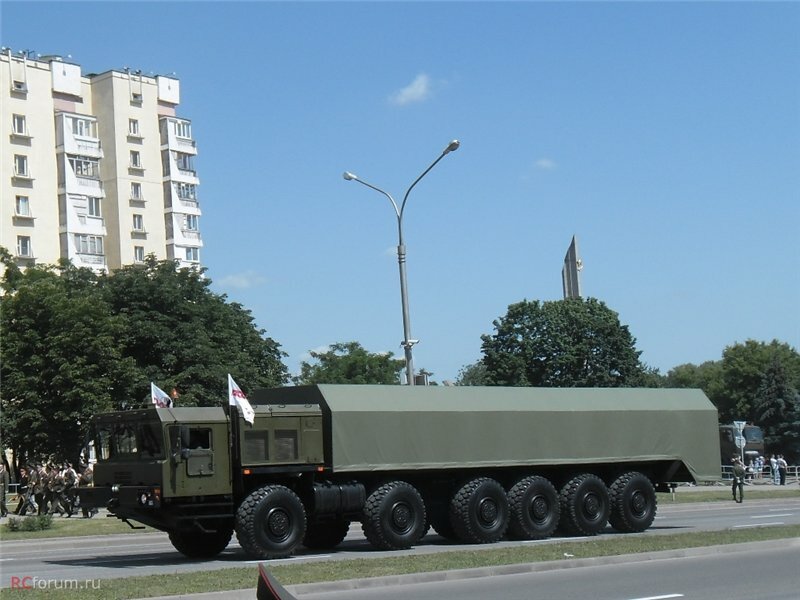Ballistic range is irrelevant here. Missiles for s300 complex were tested in late 80s going over 300 km in pure ballistic profiles. Aim-54 could reach 300 km in a ballistic profile when properly launched but that is an useless figure.
Air breathing missiles rarely have "ballistic" ranges.
The range given of 180-250km is determined not by kinematic range and ballistic range, but by altitude and speed at launch.. which means it is not much different from Brahmos.
Those same pages give actual, more useful ranges in practice, up to 160 km for actual antishipping range of actual antishipping variant.
That is the launch range limit and is based mainly on detection range of the seeker and launch platform.
It is much more useful to have a missile that will stay below the radar horizon for the whole 300 km of its flight range than one that will have to be fired at 15 km altitude, at mach 1,5, then go into a climb and painfully glide to squeeze out all energy to reach 250 km, leaving no energy for course correction (which may not even be efficient if missile is fyling too high) no energy for end manouvers and overall little chance of doing its mission since it was flying over the radar horizon, in a straight and steady trajectory, and took some 5-6 minutes to do it all, exposing itself to the target and possible interceptors.
A low all the way Brahmos is a mach 1.5 missile, which is still a very difficult target, but it wont be a 300km distant target either.
Ramjets love the thin cold air up high... most jet engines do.
Both missiles are designed for use against the USN and it is assumed that they will have AWACS aircraft and early detection... the purpose of the high speed is to minimise their reaction time so they don't have much time to do anything about it.
A 1200-1500 kg brahmos-lite stands much better chances of actually completing its mission, and doing it from somewhat longer range.
For the vast majority of targets either missile would be fine... for many targets Kh-35 subsonic Uran is overkill.
Please keep in mind that the Kh-31 we have data for is for EXPORT... the export model of the Kh-38 is listed as having a range of 40km on the website above, yet Russian military personel have stated that the domestic version will have a range of 80km.
Even assuming a 160km missile range for the antiship model of Kh-31, what sort of magic are you expecting for a mini brahmos?
Both are ramjet powered missiles... they have different weights and different payloads and different ranges but the same basic design. When you reduce the weight of the brahmos you will just end up with Kh-31 and to be honest if you want an effective mini missile it would make rather more sense to scale up a Kh-31 than to scale down a Brahmos because scaling down everything in size and weight is harder and more expensive than fitting a slightly larger warhead and adding more fuel to the Kh-31.
300km is not some magic figure that will make the launch aircraft safe... flying at mach 1.5 at 15km altitude 140km from a target makes you pretty safe from most sea targets.
And it is wishful thinking that mig29/35 would carry more than 4 such missiles in any real world mission.
Why? If the target has to be saturated to ensure a kill there is no reason why a Mig-35 couldn't carry 6 or more.
Because the Anti-Ship variant has to carry the radar which adds weight and occupies space. The AR version of the Kh-31 had always a greater range than the AS version.
The new model ARMs carry broad band antennas to detect a wide range of signals and computers for signal processing to locate the emitter with an autopilot in case the emitter turns off during the attack... after the first anti ship missile has been fired it would actually make a lot of sense to fire a few ARMs at the ships to mix things up.







